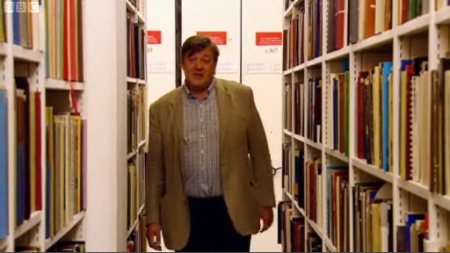Last Monday evening saw the latest in our series of appropriately named Inspiring Entrepreneurs events. We heard five amazing stories and a discussion moderated by BBC news presenter Mishal Husain.
 Mothers of Invention III kicked of with Jessica Huie, who at 17 years old discovered she was pregnant. Her father not happy, telling her that “you will only ever be a statistic”. This made a deep impression on Jessica and her subsequent successes are her way of showing him he was wrong.
Mothers of Invention III kicked of with Jessica Huie, who at 17 years old discovered she was pregnant. Her father not happy, telling her that “you will only ever be a statistic”. This made a deep impression on Jessica and her subsequent successes are her way of showing him he was wrong.
She combined motherhood, college, work experience and a weekend job at a shoe shop, as well as working initially for free, at Pride magazine, local radio and publicist Max Clifford.
While searching for a card for daughter, she realised that there was nothing available with images of black or Asian people. In traditional entrepreneur style, rather than simply complaining, she started a company, and now her Colorblind Cards are spreading rapidly across the UK and soon to appear in the United States.
Sian Sutherland told her story of how she went from promoting other companies skincare products to developing her own Mama Mio range. Her main piece of advice was to ensure you have a business plan as it helps to focus on what makes your business different from your competitors.
Lorraine Heggessey, former controller of BBC1 and now CEO of Talkback Thames, surprised us when she exclaimed that in business, “everyone is bluffing.” And that historically men have been better at this then women.
Debbie Reynolds, founder of the School for Sign Language was for me the most engaging speaker with an amazingly frank honesty about her lack of business knowledge prior to starting out. However with a grant of just £1,600 she has gone on to reach a turnover of £170,000, employ 28 deaf and hearing workers and volunteers’, and won several awards in just a couple of years.
Sam Roddick, the daughter of Body Shop founder and supporter of the Business & IP Centre, Dame Anita Roddick, maintained the family tradition of being thought provoking, provocative and shocking. Describing herself as an activist, she aims to change peoples view on sexuality and eroticism.
Her erotic emporium, Coco de Mer sells sex products which are beautifully designed, luxurious and expensive. A human-hair whip is £188, bondage knickers are £200 a pair, and a Shiri Zinn Crystal Dildo, with Swarovski crystals is £1,100, including stand.
She described her route to commercial success as initially a “fuck-up”, but the important point was that she learnt from these early mistakes. In particular stocking around 1,000 items, most of which were either one-off creations or short run products from creatives.



 As I mentioned in my previous blog post on our first
As I mentioned in my previous blog post on our first  Although I felt I rambled on a bit, Alex seems to have kept most of the interview in the final edit. It is a mixture of chat about the Business & IP Centre and the role of Facebook and blogs to promote it to a new audience.
Although I felt I rambled on a bit, Alex seems to have kept most of the interview in the final edit. It is a mixture of chat about the Business & IP Centre and the role of Facebook and blogs to promote it to a new audience. So much for the film or TV series of the book, how about the dramatised promotional video of the book that has yet to be printed.
So much for the film or TV series of the book, how about the dramatised promotional video of the book that has yet to be printed.



 Mothers of Invention III kicked of with Jessica Huie, who at 17 years old discovered she was pregnant. Her father not happy, telling her that “you will only ever be a statistic”. This made a deep impression on Jessica and her subsequent successes are her way of showing him he was wrong.
Mothers of Invention III kicked of with Jessica Huie, who at 17 years old discovered she was pregnant. Her father not happy, telling her that “you will only ever be a statistic”. This made a deep impression on Jessica and her subsequent successes are her way of showing him he was wrong.
